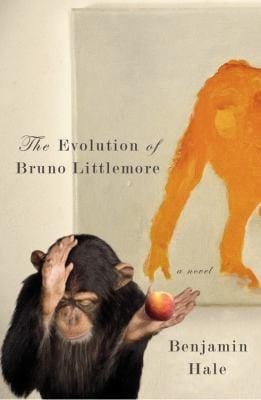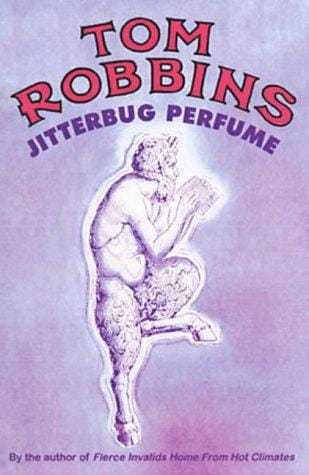The Evolution of Bruno Littlemore: A Deep Dive Into Benjamin Hale’s Ambitious Novel
Explore the plot, characters, and themes of Benjamin Hale's daring novel The Evolution of Bruno Littlemore in this in-depth 800-word analysis.

Introduction
Since its publication in 2011, Benjamin Hale’s debut novel, The Evolution of Bruno Littlemore, has fascinated readers with its audacious premise: a chimpanzee who not only learns to speak fluent English but also narrates his own life story. Mixing speculative science, philosophical inquiry, and raw emotion, the book challenges conventional boundaries between humanity and animality. This article traces the novel’s evolution from a daring concept to a modern cult classic, unpacking its plot, characters, major themes, and lasting cultural resonance.
Plot Overview
The narrative is framed as a lengthy confession delivered by Bruno, now incarcerated in the Lincoln Park Zoo in Chicago. He recounts his unlikely journey from a research lab subject to a media sensation. Rescued from the primate wing of the Indiana–Kentucky Center for Primate Research by linguist Lydia Littlemore, Bruno is immersed in human culture: reading Shakespeare, painting canvases, and debating metaphysics. Yet his ascent toward personhood carries a tragic undertow, exposing the fragility of identity built on borrowed language.
The relationship between Bruno and Lydia eventually crosses the species line, provoking scandal and forcing the pair into hiding. As they migrate from Chicago to New Orleans and finally to New York, Bruno discovers both the exhilaration and the existential weight of self-awareness. The novel’s climax—played out against the backdrop of Lydia’s declining mental health—poses a brutal question: can an evolved animal ever truly belong in the human world, or will society always insist on cages, literal and figurative?
Bruno as Protagonist
Bruno is one of contemporary literature’s most memorable narrators. Hale gifts him a baroque, exuberant voice that blends simian instinct with Oxford-level erudition. His diction swings from earthy obscenity to lofty allusion, mirroring the hybrid nature of his existence. Critics often compare Bruno to Nabokov’s Humbert Humbert: an unreliable storyteller whose eloquence seduces even as it unsettles. By granting interiority to a non-human character, Hale compels readers to confront their own anthropocentric biases.
Lydia Littlemore: Catalyst and Mirror
Lydia functions as both Pygmalion and tragic heroine. A brilliant linguist haunted by personal trauma, she sees in Bruno the ultimate experiment: proof that language shapes consciousness. Yet her mentorship evolves into a romantic and sexual bond that violates social taboos and deteriorates under external pressure. Lydia’s breakdown underscores a key motif of the novel—the peril of intellectual obsession unchecked by ethical guardrails. Through her, Hale warns that seeking transcendence without humility can end in self-destruction.
Language, Identity, and Consciousness
At its core, The Evolution of Bruno Littlemore contends that language is the crucible of identity. Bruno’s acquisition of words grants him not just knowledge but a self capable of reflection and regret. Hale invokes linguistic theories from Vygotsky to Chomsky, suggesting that syntax and consciousness co-evolve. Yet the novel also highlights the costs of linguistic enlightenment: once Bruno can name emotions like love, shame, and grief, he can no longer experience the unmediated present enjoyed by his chimpanzee kin.
Ethics of Human–Animal Relationships
The book forces readers to scrutinize humanity’s dominion over animals. From laboratory experiments to zoo exhibitions, Bruno’s life is shaped by institutional power. Lydia’s transgressive love can be read as both emancipation and exploitation, blurring lines between caretaker and captor. Hale refuses easy answers; instead, he presents a spectrum of ethical dilemmas that echo real-world debates on animal rights, cognitive research, and the personhood movement. The novel thus operates as a thought experiment on moral agency beyond Homo sapiens.
Style and Structure
Hale’s prose is lavish, laced with digressions, neologisms, and scholarly references. The sprawling first-person narrative mimics an epic memoir, complete with chapter-long footnotes and theatrical monologues. This maximalist approach invites comparisons to authors like David Foster Wallace and Salman Rushdie. While some critics label the style self-indulgent, its excess mirrors Bruno’s own struggle to contain an expanding consciousness within linguistic confines. The book’s inventive structure amplifies its central thesis: evolution is messy, nonlinear, and often overwhelming.
Reception and Legacy
Upon release, the novel garnered praise for its ambition and originality, winning the 2012 Bard Fiction Prize and making several “best of the year” lists. Detractors cited its provocative content and sprawling length, yet even negative reviews acknowledged Hale’s daring. Over a decade later, the book enjoys a devoted readership in university courses on posthumanism and animal studies. Its speculative premise has aged well in an era of CRISPR edits and AI language models, technologies that similarly blur categorical lines.
Conclusion
The Evolution of Bruno Littlemore remains a vital text for anyone interested in the intersections of language, consciousness, and ethical responsibility. By granting narrative authority to a speaking chimpanzee, Benjamin Hale destabilizes our most guarded assumptions about what it means to be human. The novel is as much a cautionary tale as an ode to curiosity, reminding us that evolution—biological or intellectual—carries consequences we cannot fully predict. Reading Bruno’s story today, we are invited to ask whether our own species is prepared for the next leap.



